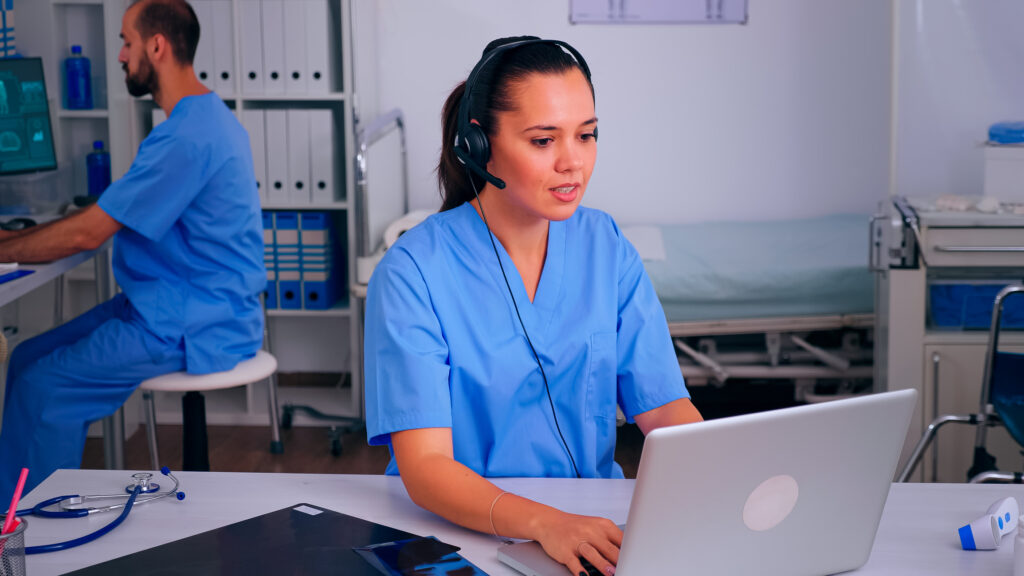Patients grasp for experimental treatments when standard medicine fails them, while lawyers later dissect those same decisions under harsh fluorescent lights. This disconnect creates a legal minefield where innovation meets accountability.
Experimental treatments such as gene therapy, AI diagnostics and personalised cancer protocols occupy medicine’s frontier. When these cutting-edge approaches cause harm, determining fault becomes extraordinarily complex. Traditional malpractice law assumes established standards exist. Here, physicians venture beyond proven territory, making legal precedents scarce and liability murky.
The Rise of Experimental Treatments in Modern Medicine
Medicine has entered uncharted waters. CRISPR gene editing offers potential cures for inherited diseases. Cancer immunotherapy can reprogram immune systems to attack tumours. Artificial intelligence reads medical scans with superhuman accuracy.
Patient demand has driven this expansion. Social media connects desperate families with clinical trials worldwide. Crowdfunding campaigns raise millions for experimental procedures. When conventional treatments offer no hope, experimental options become the only options.
Pharmaceutical companies invest heavily in these developments, facing enormous pressure to recoup research costs. A single successful drug can generate billions in revenue, while failures destroy shareholder value. This financial reality shapes how companies present risk-benefit calculations to physicians and patients.
Liability in Clinical Trials and Research Settings
Multiple parties share responsibility when treatments cause harm. Principal investigators design and oversee studies. Research institutions provide facilities and oversight. Pharmaceutical sponsors fund trials and supply investigational products. Regulatory bodies approve protocols and monitor safety.
This web of responsibility complicates liability determinations. When patients suffer adverse events, lawyers must identify which party’s actions or omissions contributed to harm. This may be difficult to determine, but specialised attorneys from The Moses Firm will assist clients to determine who is responsible. The key factors in research liability include:
- Protocol Adherence: Deviations from approved study plans can shift liability from sponsors to individual physicians.
- Institutional oversight: Hospitals and universities face exposure when ethics committees inadequately review proposals.
- Safety monitoring: Sponsors must track adverse events and halt studies when risks exceed acceptable levels.
- Informed consent processes: Inadequate disclosure creates liability for both investigators and institutions.
Proving negligence requires showing that researchers violated accepted scientific standards. When those standards don’t exist or remain contested within the medical community, establishing breach of duty becomes nearly impossible. Expert witnesses often disagree about appropriate conduct in experimental settings.
Protecting Patients While Encouraging Innovation
Courts face a challenging balance between protecting patients and preserving medical innovation. Litigation could discourage physicians from offering experimental treatments, potentially denying patients access to beneficial therapies. Inadequate oversight might expose patients to unnecessary risks.
Some jurisdictions have developed specialised frameworks for evaluating experimental treatment malpractice claims. These approaches consider factors beyond traditional negligence standards, recognising that experimental medicine requires different evaluation criteria. Courts will now examine:
- Whether conventional treatments offered reasonable success prospects.
- The strength of evidence supporting experimental approaches.
- How effectively physicians conveyed potential risks and benefits.
- Whether appropriate monitoring and response systems were implemented.
These evolving standards aim to protect patients while preserving physicians’ ability to offer promising experimental options. The challenge lies in creating consistent, predictable frameworks that serve both objectives effectively.
The Role of Regulatory Oversight
The FDA provides safety oversight, but resource limitations and rapidly evolving technology create gaps. The agency can’t comprehensively evaluate every experimental treatment before it reaches patients. This reality creates litigation opportunities when treatments cause unexpected harm.
Off-label prescribing further complicates oversight. Physicians can legally prescribe approved medications for unapproved uses, but liability questions emerge when such proves harmful. Courts must determine whether off-label prescribing was reasonably given available evidence and patient circumstances.
International regulatory differences add complexity. Treatments approved in Europe or other jurisdictions may lack FDA approval. When American physicians administer such treatments, liability issues multiply. Patients may argue they weren’t adequately informed about regulatory status differences.
Experimental Treatments Are Meant to Resolve Issues
Experimental treatments generate legal disputes because they exist at the intersection of hope and uncertainty. Patients facing terminal diagnoses make different risk calculations than healthy individuals evaluating theoretical scenarios. This reality creates inherent tension between patient autonomy and legal protection.
The legal system must evolve to address experimental medicine’s unique challenges while preserving innovation incentives. Success requires nuanced approaches that recognise the difference between established medical practice and frontier exploration. Neither blanket protection nor strict traditional standards serve patients’ interests effectively.
Collaboration between medical professionals, legal experts, and regulatory authorities will shape how society balances innovation with accountability. The stakes are high – both for individual patients seeking hope and for medical progress that could benefit millions. Getting this balance right determines whether experimental treatments remain available to those who need them most.
Disclaimer
The content provided in this article is for informational purposes only and does not constitute legal, medical, or professional advice. Open Medscience does not offer legal counsel, medical treatment recommendations, or regulatory guidance. Readers should not rely on this article as a substitute for qualified legal or medical advice tailored to their individual circumstances.
Experimental treatments, including those referenced herein, are subject to ongoing research, regulatory scrutiny, and evolving clinical standards. The legal frameworks governing such treatments may vary by jurisdiction and are often complex, unsettled, and subject to change. Any legal examples or interpretations presented are general in nature and may not apply to specific situations.
References to law firms, regulatory bodies, or clinical practices do not constitute endorsements, partnerships, or legal affiliations. Where third-party contributions or quotations appear, these reflect the views of the respective contributors and not necessarily those of Open Medscience.
Readers are encouraged to consult with appropriately qualified professionals regarding any legal, medical, or ethical concerns arising from the use, development, or administration of experimental treatments.
Open Medscience accepts no responsibility or liability for any loss, harm, or damage resulting from reliance on the information contained in this article.
You are here: home » diagnostic medical imaging blog »



